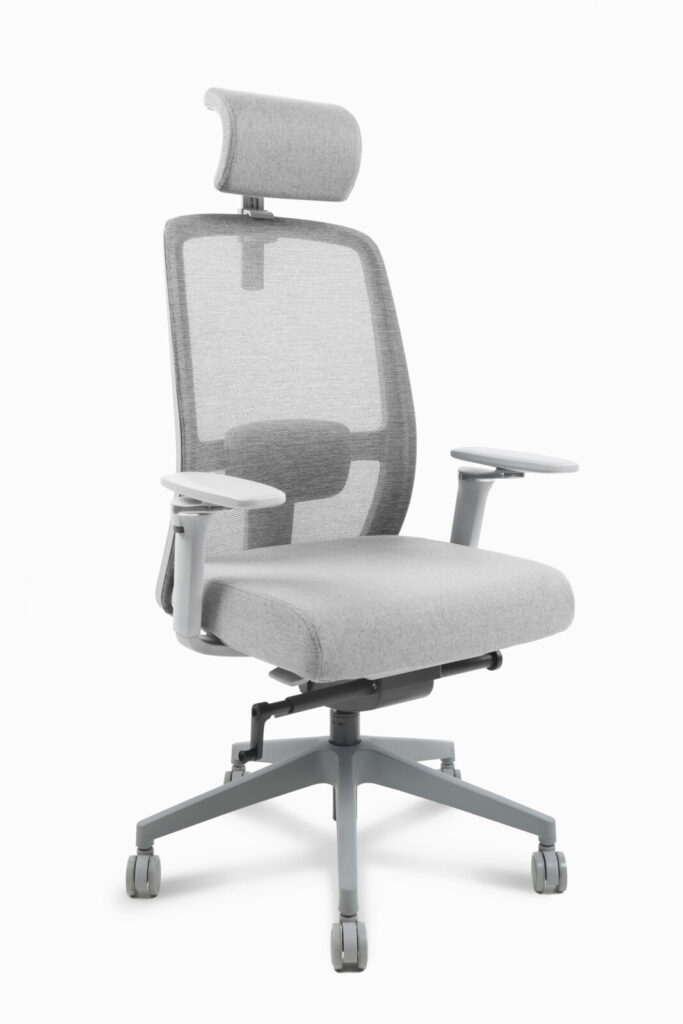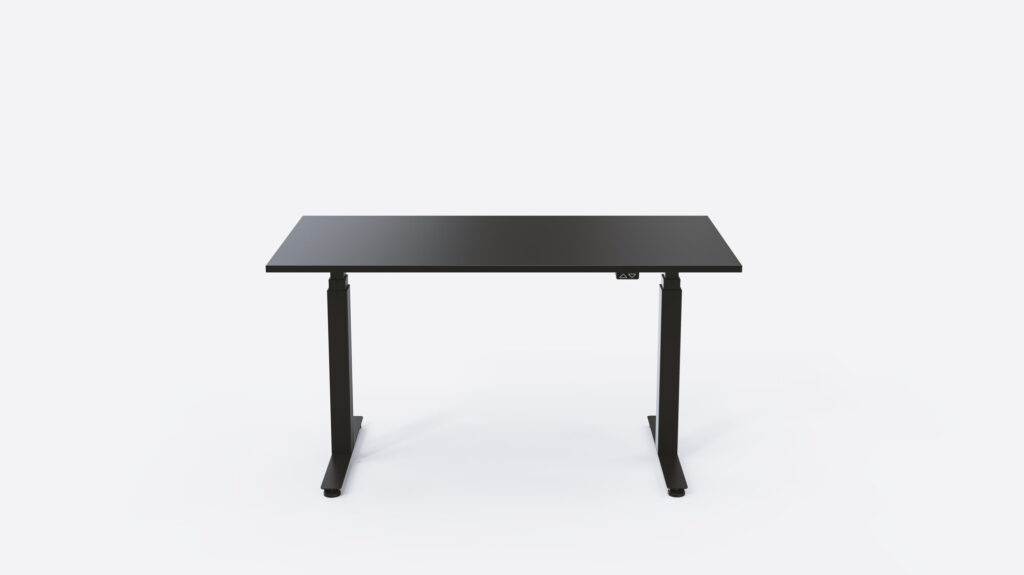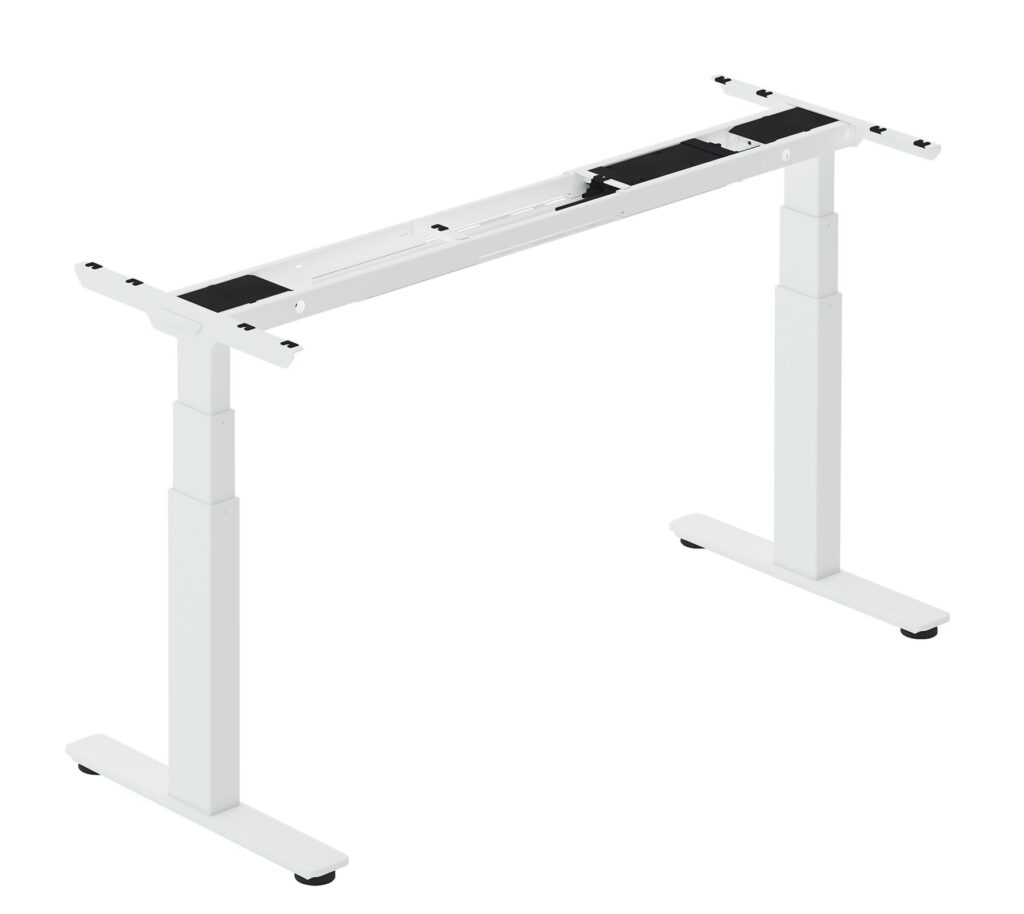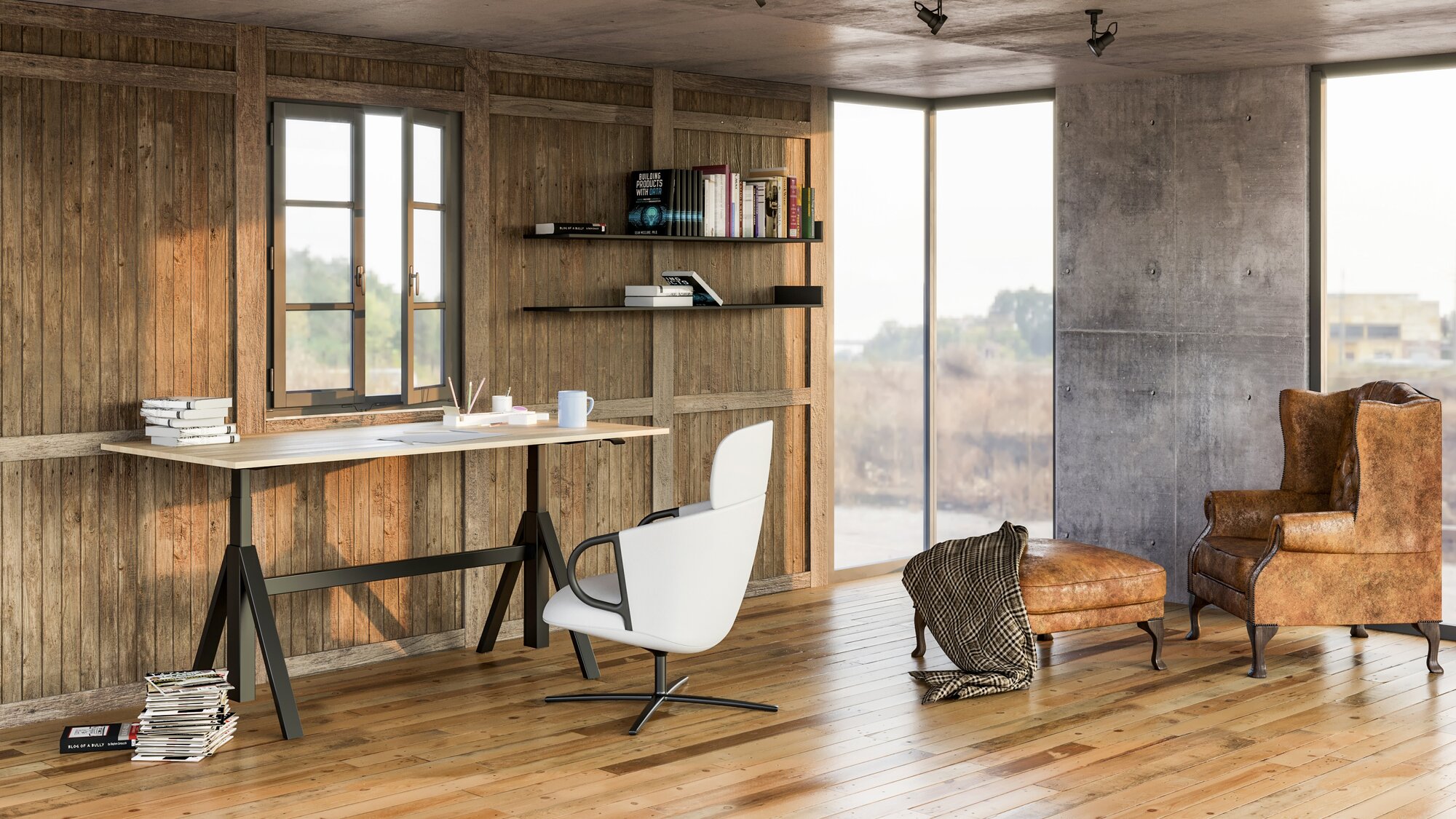Dynamic sitting: Why it is important to change positions at work
More than a third of Czechs have sedentary jobs. And only a fraction of them pay attention to ergonomics at work to minimize the negative effects of prolonged sitting. Sedentary work can lead to back pain and stiff or loose back muscles. In addition, problems with blood circulation, fatigue, and reduced concentration often arise, leading to lower productivity. Fortunately, there are ways to achieve the opposite.
A solution called dynamic session
This approach combines alternating between sitting and standing with regular breaks, helping to prevent health problems and increase productivity. Incorporating movement promotes better posture, increases blood flow, and improves concentration. Active movement also helps prevent fatigue, making your workday not only more enjoyable but also more productive.
A well-equipped workplace is essential
It is difficult to sit healthily at fixed desks and on ordinary chairs without proper support. If you want to create a healthier working environment, investing in ergonomic desks and chairs is essential. However, the range of ergonomic furniture on offer is vast, so we will be happy to help you choose the right furniture for your needs.
Chairs
A high-quality office chair should be as adjustable as possible to promote good posture. At a minimum, the seat height should be adjustable so that your knees are at a right angle when seated, and the backrest angle should also be adjustable. Properly adjusted lumbar support is also very important to help prevent back pain.
Some chairs also have the option of adjusting the seat angle so that the front of the seat is lower than the back. This position naturally forces you to sit up straight, as it instinctively causes you to push your feet against the floor. The result is better posture and less pressure on the lumbar spine.

Table
Height-adjustable desks are ideal for switching between sitting and standing positions. What’s more, the height can be adjusted to suit each individual’s body type. To ensure the correct setting for both sitting and standing, make sure that your arms are at a right angle when typing on the keyboard.
Consider whether you can move some shorter meetings to high bar-style tables. After all, they have “stand-ups” in their name. At a table approximately 105 to 110 cm high, you will not slouch and will be able to concentrate better, which contributes to efficiency and faster decisions. Meetings will run faster and are more likely to lead to productive conclusions.

Breaks are part of work too
Even the best office equipment is not a panacea. Regular breaks, when you get up from your work and relax for a few minutes, also help improve concentration and performance. Nowadays, there are smartphone apps and smartwatches that remind you when it’s time to get up or go for a walk.
It can be as simple as walking to the kitchen for a cup of coffee, but don’t be afraid to include some simple stretches to help loosen up stiff muscles. Lunch breaks are ideal for a short walk outside. Even a few minutes in natural daylight helps clear your head and prepare you for the rest of the working day. The positive effects of these breaks are not limited to mental rest from work – they also improve blood circulation in the limbs and straighten a stiff back.
Start simple and build up
Rome wasn’t built in a day, so don’t expect yourself or your employees to adopt dynamic seating as part of your routine immediately. As with everything, habits need to be built gradually. The transition to dynamic seating benefits not only the body, but also employee productivity and satisfaction. With the right equipment, this step is easier than it might seem at first glance.



